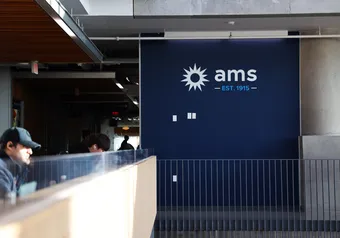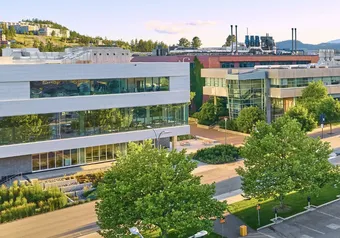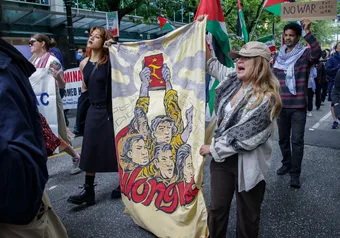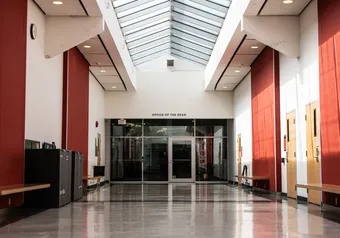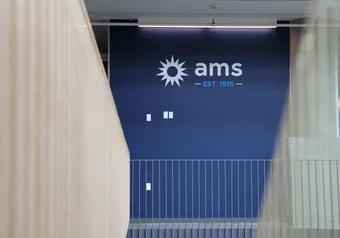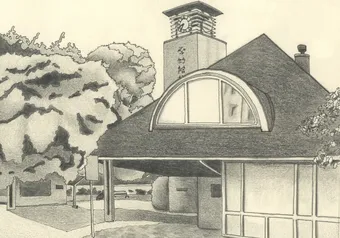Third-year Sauder student Tehya Santos has been careful with limiting her exposure to other people and whom she introduces to her bubble of a handful of people she doesn’t need to physically distance with.
“My friends have been taking it pretty seriously so a lot of us have just been doing the same thing like limiting our bubble,” said Santos. “We don’t get in contact with other people in other social circles and we usually hang out outside.”
But some young people in the same age group aren’t being as cautious.
As signs point to a second wave and the province experiences record high numbers of daily active COVID-19 cases, more pressure has been placed on authorities to crack down on large social gatherings and parties.
The largest increase in reported cases has been in young adults. Between July 6 and August 6, two thirds of the 893 recorded cases in the province were people under the age of 40 — of which the majority were in their 20s.
Twenty year olds continue to make up the biggest portion of new COVID-19 cases, according to data from the BC Centre for Disease Control up to September 7.
Closer to campus, a large gathering at Wreck Beach has resulted in a COVID-19 exposure warning.
And with fall semester fast approaching, it remains to be seen how students on campus will abide with physical distancing protocols.
On August 23, The Plug and AMS Events posted a video to their YouTube channel where UBC students and alumni answered questions from incoming first-year students.
In response to a question of whether there would be any parties first term, one of the participants said they personally believed there would be parties. “You’ll just have to look for them and see. They’re going to be a little more underground and cozy.”
In a written statement to The Ubyssey, The Plug said the responses in the video do not represent views of The Plug or AMS Events.
“After speaking to the respective participant, we learned that this was an allusion to small gatherings of about 4–6 people that are of the same social bubble,” reads the statement.
Provincial health authorities have renewed attempts to communicate with young people.
In a statement posted on August 28, Fraser Health Authority said it was recruiting volunteers aged 20–29 to be social media “health influencers.” And beginning August 24, Fraser Health has posted a series of videos to its TikTok page aimed at informing young people of the risks associated with attending large social gatherings.
Still, Eric Cadesky, an associate professor in the department of medicine, believes that more messaging should focus on the individual stories “of people in their teens and 20s and 30s that have died from this.”
“It does look like people under the age of 10 are less likely to spread, and people from the ages of 11 onwards are probably all at risk of becoming spreaders — some of whom will never have symptoms but most of them will develop them,” said Cadesky. “There are [also] people that are experiencing symptoms months and months after what was initially a mild infection.”
Santos hopes that other people will not become too apathetic and think of others during this time.
“It’s been really frustrating just because I live with someone who can really be affected by this virus, so it’s scary to me how a lot of people just don’t care about protecting,” Santos said.
“It’s not that hard to wear a mask. It’s not that hard to distance.”
First online
Share this article



![['auto']](https://storage.googleapis.com/ubyssey/media/renditions/screen_shot_2020-09-08_at_9.54.4.width-1000.format-webp.webp)
